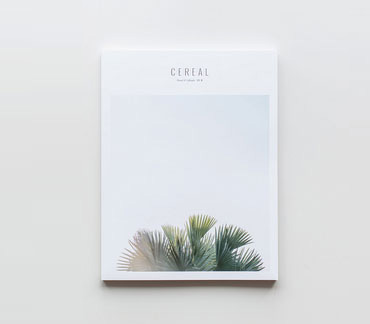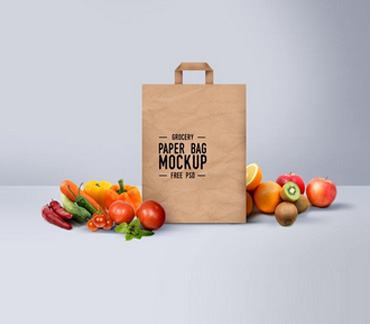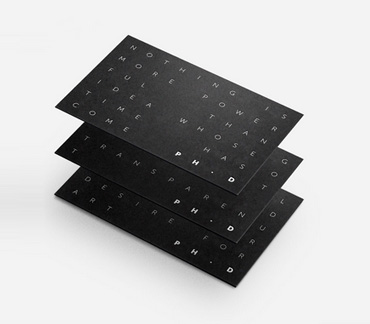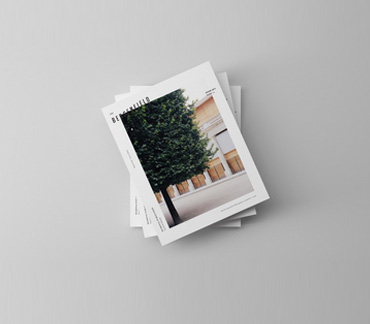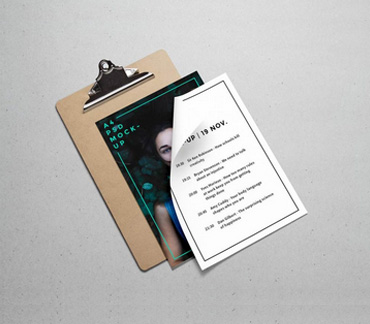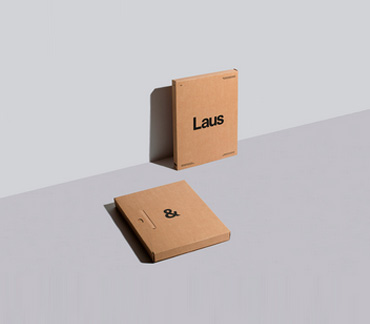Business Card Measurements, size, Visiting Card Dimensions Sizes
Understanding Business Card Dimensions: A Designer’s Guide
As a graphic designer, one of the most common requests I get is to create a business card that stands out while still being practical. Designing a business card might seem straightforward, but there’s a lot more to it than just picking a size and slapping on a logo. Let me break down the standard dimensions, why they matter, and how to make your card work for you.
Standard Dimensions
The standard size for a business card varies slightly depending on where you are in the world. Here are the most common dimensions:
- United States and Canada: 3.5 x 2 inches (88.9 x 50.8 mm)
- Europe: 3.3 x 2.1 inches (85 x 55 mm)
- Japan: 3.58 x 2.17 inches (91 x 55 mm)
These sizes are designed to fit easily into wallets, cardholders, and standard filing systems. If you’re working internationally, it’s worth considering the standard size for your target audience to ensure your card feels familiar and professional.
Why Dimensions Matter
Choosing the right dimensions is about more than fitting your card into someone’s wallet. It also affects how your design looks and how much information you can include. A card that’s too small might feel cramped and unprofessional, while one that’s too large might be impractical to carry.
The key is to strike a balance. Stick to standard sizes for convenience, but use your design to make the card stand out.
Bleed and Safety Margins
When designing a business card, it’s essential to consider bleed and safety margins.
- Bleed Area: This is an extra 1/8 inch (3 mm) around the edges of your card. It ensures that there are no white edges if the card is trimmed slightly off during printing.
- Safety Margin: Keep all important information (like text and logos) at least 1/8 inch (3 mm) away from the edge of the card. This prevents any crucial details from being cut off.
For example, if your card is 3.5 x 2 inches, your design file should be set to 3.75 x 2.25 inches to include the bleed area.
Creative Alternatives
While standard dimensions are practical, there’s room for creativity if you want to stand out. Some businesses opt for square cards (2.5 x 2.5 inches) or mini cards (3 x 1 inches). These can be eye-catching, but they’re less common and might not fit traditional holders.
Die-cut cards are another option, allowing you to experiment with shapes like circles or custom outlines. Just keep in mind that non-standard sizes or shapes can cost more to produce.
Thickness and Material
The thickness (or weight) of the card stock also plays a role in the overall feel of your card. A thicker card feels more premium, while thinner cards can come across as cheap. Standard card stock is around 300-400 GSM (grams per square meter), but you can go thicker for a more luxurious feel.
Materials like matte, glossy, or textured finishes can also make a difference. For example, a matte finish gives a clean, modern look, while glossy finishes are great for vibrant designs.
Final Thoughts
A business card might be small, but it’s a powerful tool for making a lasting impression. By understanding the dimensions and other design considerations, you can create a card that’s both functional and memorable. As a designer, I always encourage clients to focus on simplicity, clarity, and a touch of creativity. After all, your business card is often the first impression someone has of your brand—make it count!
In India, the standard business card dimensions are typically 3.5 x 2 inches (88.9 x 50.8 mm), similar to the US standard. However, there are some variations that cater to regional preferences and printing styles. Here’s a closer look:
Common Dimensions in India
- Standard Size: 3.5 x 2 inches (88.9 x 50.8 mm)
- Metric Equivalent: Often rounded to 90 x 50 mm for convenience in printing.
Considerations for Indian Business Cards
- Adaptability: The standard size works well because it fits easily into wallets, business card holders, and filing systems commonly used in India.
- Regional Preferences: While the standard size is widely used, some businesses prefer slightly larger dimensions (like 90 x 55 mm) to stand out or accommodate more information.
- Cultural Elements: In India, many business cards feature dual languages or specific design elements, such as traditional patterns or colors. This might require a bit more creativity in layout without altering the size.
Creative Variations
Though standard sizes are practical, businesses in India sometimes experiment with unique shapes or folded designs to grab attention. These can include square cards (2.5 x 2.5 inches) or vertical layouts. However, non-standard dimensions might face challenges fitting into cardholders.
When creating a business card for the Indian market, sticking to the standard dimensions ensures compatibility while leaving room for creativity in design.
To convert the mentioned business card dimensions into pixels, we need to account for the resolution. A common resolution for print design is 300 DPI (dots per inch), which ensures high-quality prints. Here are the dimensions in pixels:
Standard Dimensions in Pixels at 300 DPI
- India (Standard):
- 3.5 x 2 inches → 1050 x 600 pixels
- Metric equivalent (90 x 50 mm) → 1063 x 591 pixels
- US and Canada:
- 3.5 x 2 inches → 1050 x 600 pixels
- Europe:
- 3.3 x 2.1 inches → 990 x 630 pixels
- Metric equivalent (85 x 55 mm) → 1004 x 650 pixels
- Japan:
- 3.58 x 2.17 inches → 1074 x 651 pixels
- Metric equivalent (91 x 55 mm) → 1075 x 650 pixels

 Previous Post
Previous Post